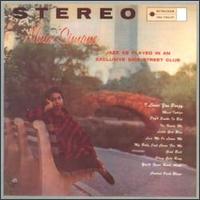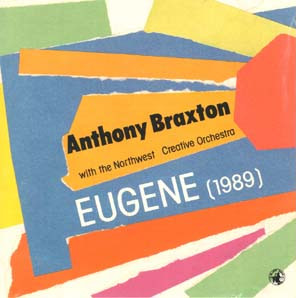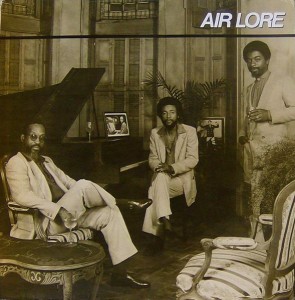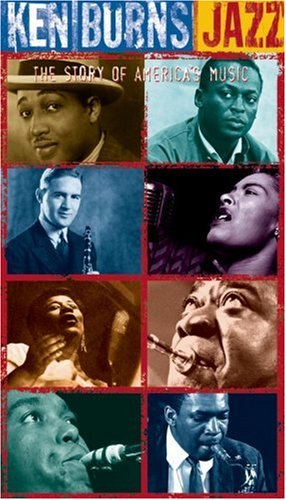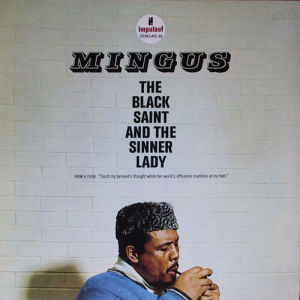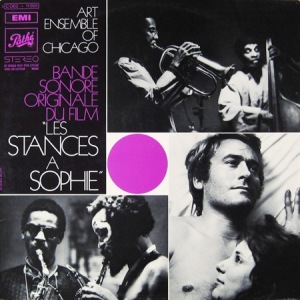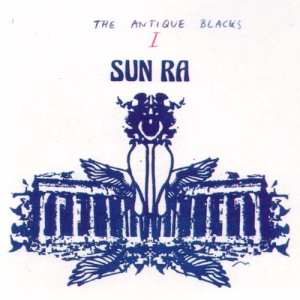Nina Simone was an enigma. She is often described as a jazz singer. She wasn’t one of consequence. Stack her next to an actual jazz singer and this becomes pretty clear. She developed a reputation as an artist with moral integrity. Yet that reputation wears thin when looking at how many misguided concessions to pop fads are littered all through her recording career. Much is made of her bitter break from Euro-classical music early in life. Denied entry to a conservatory (The Curtis Institute of Music) as a pianist, she turned to singing in lounges. Little of her piano playing impresses on her own recordings, though it can be effective in accompaniment. But when you hear her voice on a good recording, she definitely had something special. Singing may not have been her desire, but it was her great talent. Sometimes talents choose their medium, rather than the other way around. She was often at her best when adding a rough blues or gospel or jazz inflection to burningly austere chamber pop songs. She was sort of a gothic shadow cast from commercial pop. It was the tone of her voice that embodied a palpable sense of anger that drove so much of it. Close listening doesn’t reveal much clarity in her rhythmic phrasing, her control of vibrato, her pitch range, or even her use of melisma. All that aside, she had the power to deliver songs as if saying, with a firm scowl, “I will sing this song and I will make you remember it.” The single-minded resolve to put her own identity into her music is fiercely determined. This makes the greatest impression on the material that resists that approach. When she worked with jazzy orchestral backing, as was a prevailing style for a time during her long career, the resistance to her identity could be too much. When she played straight blues or even militant soul and R&B, there was nothing really working against her identity to put up any challenge. She reversed her formula and added formal pop technique to rougher electric soul and R&B, and it came across as a reflection of her limitations rather than her positive talent.
What follows is a long yet incomplete set of brief reviews of her albums. This is limited to what I’ve heard, which does not include anything from her time with Colpix Records. Continue reading “Nina Simone”



